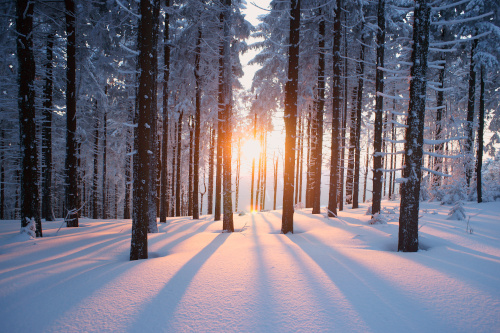It’s January, and in lots of locations, which means chilly climate–and presumably some snow. It could be onerous to seize college students’ consideration now that almost all winter breaks are over.
Making a video-based lesson that explores completely different ideas round chilly climate is one enjoyable option to enhance pupil engagement.
These TED-Ed Classes cowl snowflakes, the coldest place on Earth, myths concerning the chilly, and extra.
The TED-Ed platform is very cool as a result of educators can construct classes round any TED-Ed Unique, TED Discuss, or YouTube video. As soon as you discover the video you wish to use, you should use the TED-Ed Classes editor so as to add questions, dialogue prompts, and extra sources.
Use these TED-Ed Classes for mind breaks, to introduce new classes, or to inject some enjoyable and fascinating dialog into your class.
1. The science of snowflakes: One may say that snowflakes are merely frozen water — however if you happen to evaluate a snowflake to an ice dice, you’ll discover an enormous distinction. Why are all snowflakes six-sided? Why are none of them precisely the identical? And the way will we ski on them? Maruša Bradač sheds gentle on the key lifetime of snowflakes.
2. Sooner or later within the coldest village on Earth: In Yakutia— the coldest inhabited area on Earth— every day life is a continuing wrestle towards freezing temperatures that may plummet to an astonishing destructive 71 C. How do individuals dwell on this harsh surroundings? Kiun B shares a day within the lifetime of a hardy native household within the distant and icy Yakut village.
3. Does being chilly make you sick? Have you ever ever heard somebody say, “Bundle up otherwise you’ll get sick?” These pre-cautionary phrases echo around the globe as step one of prevention towards colds and flu when temperatures dip. However does being chilly actually make you sick? On this lesson, we’re going to study extra about how and why it could occur.
4. How an igloo retains you heat: Should you ever end up stranded within the snowy Arctic (or bored in Minecraft), you’re gonna have to know how one can construct an igloo. However how can constructing a home manufactured from ice preserve you heat? It’s Okay To Be Good explains.
5. How does hibernation work? The Arctic Floor Squirrel hibernates by burrowing underneath the permafrost and slipping right into a state of suspended animation. The feminine black bear may give delivery whereas she hibernates. The fat-tailed dwarf lemur prepares to hibernate by storing its fats reserves in its tail – doubling its physique weight. Why do these animals go to such extremes? Sheena Lee Faherty particulars why animals hibernate.
6. What’s the coldest factor on the earth? The coldest supplies on the earth aren’t in Antarctica or on the prime of Mount Everest. They’re in physics labs: clouds of gases held simply fractions of a level above absolute zero. Lina Marieth Hoyos explains how temperatures this low give scientists a window into the internal workings of matter, and permit engineers to construct extremely delicate devices that inform us extra concerning the universe.
Associated:
10 TED-Ed Classes to get college students pondering
5 STEM-based TED-Ed Classes to shut out your college 12 months

